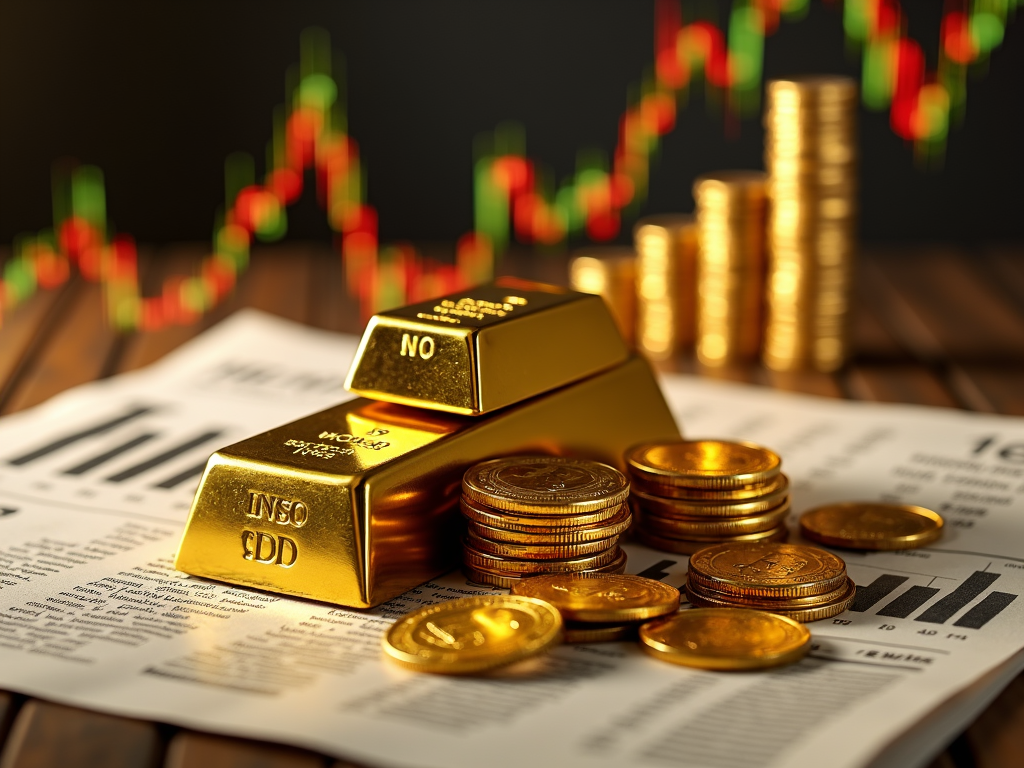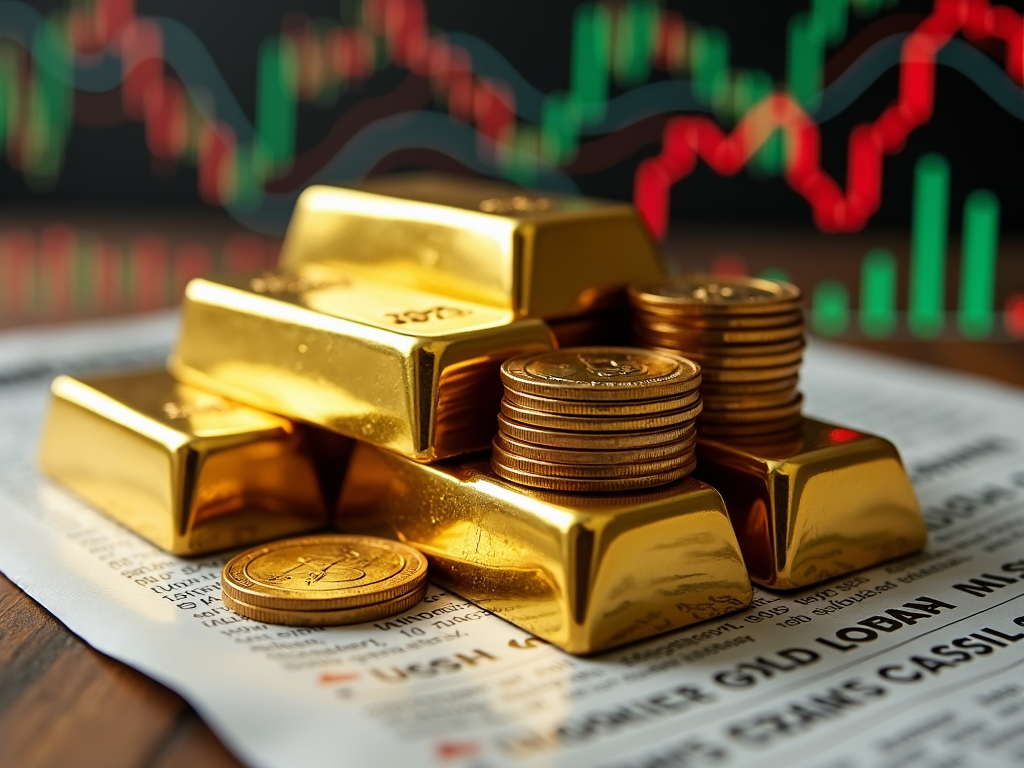
Current Developments in the Gold Market
The price of gold exceeded the significant threshold of $3,000 per ounce in March 2025, highlighting the ongoing appeal of gold as a safe haven in times of crisis. Several factors play a role here. First, geopolitical uncertainties, particularly the war in Ukraine and aggressive U.S. tariff policies, have increased the demand for gold. People and institutions seek a stable value in such turbulent times, which gold has historically provided.
Additionally, central banks, particularly from emerging countries, have massively increased their gold reserves. These institutions aim to diversify their currency reserves and protect themselves against economic uncertainties. Trust in traditional currencies diminishes during periods of volatile exchange rates and economic fluctuations, giving gold increased prestige. The low interest rate environment in the U.S. also contributes to growing interest in gold, despite its nature as a non-yielding investment, as anticipated rate cuts make gold relatively more attractive.
Strategic Recommendations for Gold as a Crisis Currency
When considering gold as a crisis currency, a strategic approach is crucial. Balanced diversification is key to minimizing risks within a portfolio. Gold should not be the only form of investment but should serve as a supplement within a broader diversification strategy. A long-term perspective is also of fundamental importance. Gold offers lasting protection against inflation and currency risks, particularly relevant in times of economic instability.
Decisions must also be made regarding whether to own physical gold or invest in gold ETFs. Physical gold offers direct ownership but incurs storage and insurance costs. Gold ETFs provide a more cost-effective alternative, which also brings the advantage of liquidity.
Finally, potential investors should be aware of the risks and challenges. The costs of physical gold and price volatility represent core challenges. In a high-interest-rate scenario, traditional interest-generating investments, such as bonds, may become alternately more attractive. However, projections indicate that the price of gold may continue to rise due to persistent geopolitical tensions and macroeconomic uncertainties, making gold a still-valid crisis currency.
Investments in Gold as a Protective Shield in Times of Crisis: A Balancing Act of Advantages and Risks

Gold has established itself over the centuries as a proven crisis currency, used by investors in times of economic uncertainty as a protective shield. Despite its reputation as a stable anchor, investing in gold presents both advantages and challenges that must be carefully evaluated, especially when the goal is to diversify and protect the financial portfolio.
A Safe Haven in Uncertain Times: One of the biggest advantages of gold is its stability. In times of increasing geopolitical tensions or economic uncertainties, investors tend to flock to gold, which usually drives its price up. This characteristic makes gold the ideal crisis currency, always ready to offer protection to investors while other markets may stagnate or crash.
A Constant Store of Value: Gold is capable of maintaining its value over time and proves to be a protection against inflation, as it circulates independently of political influences. In the European Union, investors may also benefit from certain tax advantages if physical gold is held for a period of at least one year.
However, not everything shines when changing perspective and looking at the risks. No Current Yield is a fundamental disadvantage that gold has compared to other forms of investment such as stocks and bonds. While dividends and interest generate active earnings, investments in gold depend on the increase in its price to realize profits.
Volatile Price Fluctuations: The gold market is by no means immune to price fluctuations. External factors such as rising interest rates or a strong U.S. dollar can quickly and significantly influence the attractiveness of gold, leading to price changes that can result in unexpected losses. Investors outside the U.S. must also consider currency risk, as a strong dollar can increase the relative price of gold for them.
In general, gold remains a valuable tool for protecting a portfolio in turbulent times, provided that the investment is made wisely. The attractive features of stability and international acceptance should always be balanced against the drawbacks of volatility and the absence of current income. A disciplined and well-thought-out investment strategy will be crucial to fully leverage the benefits of the shiny metal without underestimating unforeseen risks.